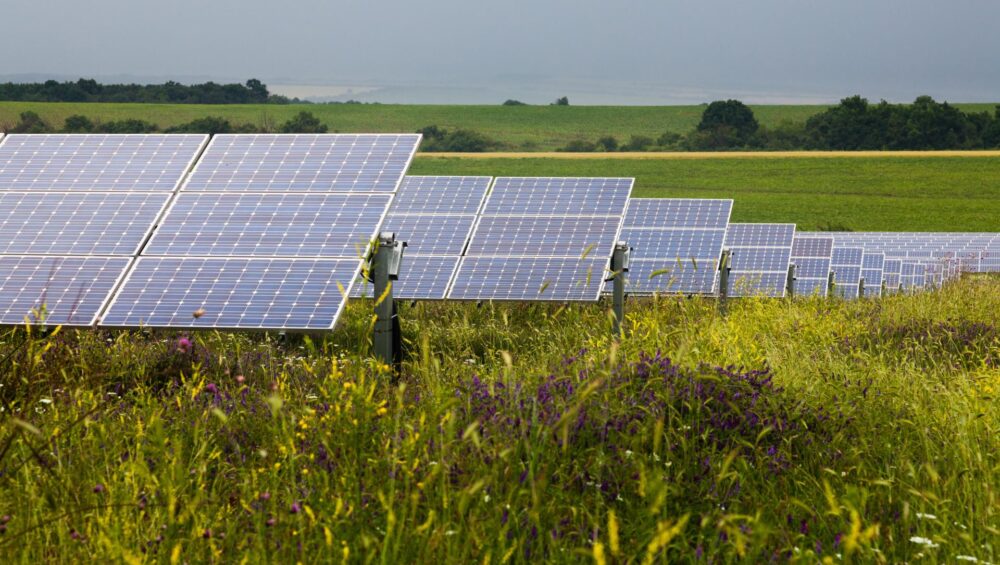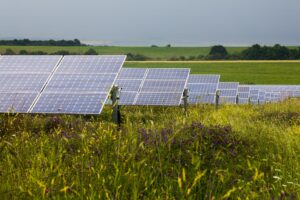Recent news of a severe hailstorm damaging a solar farm in Texas included headlines stating that broken panels could pose a threat to the environment. This is false. The truth is that solar panels are safe and a necessary power source as America works to meet ever increasing demand for electricity.
First, let’s tackle why solar panels are safe.
Solar panels are generally designed and tested to withstand hail that is roughly one inch in diameter. While the Fighting Jays solar farm was hit with even larger golf ball-sized hail, many modules survived the storm, which is significant considering they weren’t built to withstand hail of that size.
There are rumors swirling that the broken solar panels contain cadmium telluride. This is categorically false. The Fighting Jays solar farm was built using crystalline silicon photovoltaic cells, which do not contain that material.
Silicon is the second most abundant element in the Earth’s crust. It is everywhere and is most commonly found in sand and quartz — yes, the same stones used in glassware, countertops, and toys. Silicon is a natural material that’s all around us and is not an environmental concern.
Additionally, even if the panels did contain harmful levels of toxic substances, “leakage” is not possible.
The panels at Fighting Jays solar farm are laminated between two sheets of sealed transparent plastic. This is the same kind of plastic as footwear and other consumer goods, and it serves as the first barrier between the cells and the outside world. The panels are also covered in tempered glass, fitted with another layer of plastic or glass on the back, and framed in aluminum.
Even if the glass breaks and is left untouched or unrecycled, it would take decades to extract any type of substance from the broken panels.
Fighting Jays can and should rebuild. In the meantime, all broken solar panels can be recycled. The Solar Energy Industries Association (SEIA) has a vetted network of solar panel recyclers that can handle 10 million panels per year.
Going forward, the industry is working on mitigation strategies to withstand increasingly intense storms. This includes using thicker front glass in hail-prone areas, as well as using software to automatically rotate solar panels to reduce the angle of impact during hailstorms.
Solar panels are not immune from natural disasters. No energy technology is. Natural gas pump stations and coal piles can freeze, power plants can flood, and storms can force nuclear facilities to shut down for weeks at a time.
The benefit of solar is that we know when the sun is going to shine, and the growth of energy storage is helping grid operators keep things running smoothly if a project goes offline. The irony here is that as talking heads claim this hailstorm proves solar is somehow unreliable, the Fighting Jays solar farm is reportedly still producing power at partial capacity.
As we increasingly electrify our day to day lives and America’s demand for electricity grows, we need all power sources to help keep the lights on, including solar.
Let me be clear — if you live near a solar project, you are safe. Obviously, if you hit something hard enough it will break, but as storms continue to intensify, solar is a critical part of ensuring a secure, reliable energy economy.


